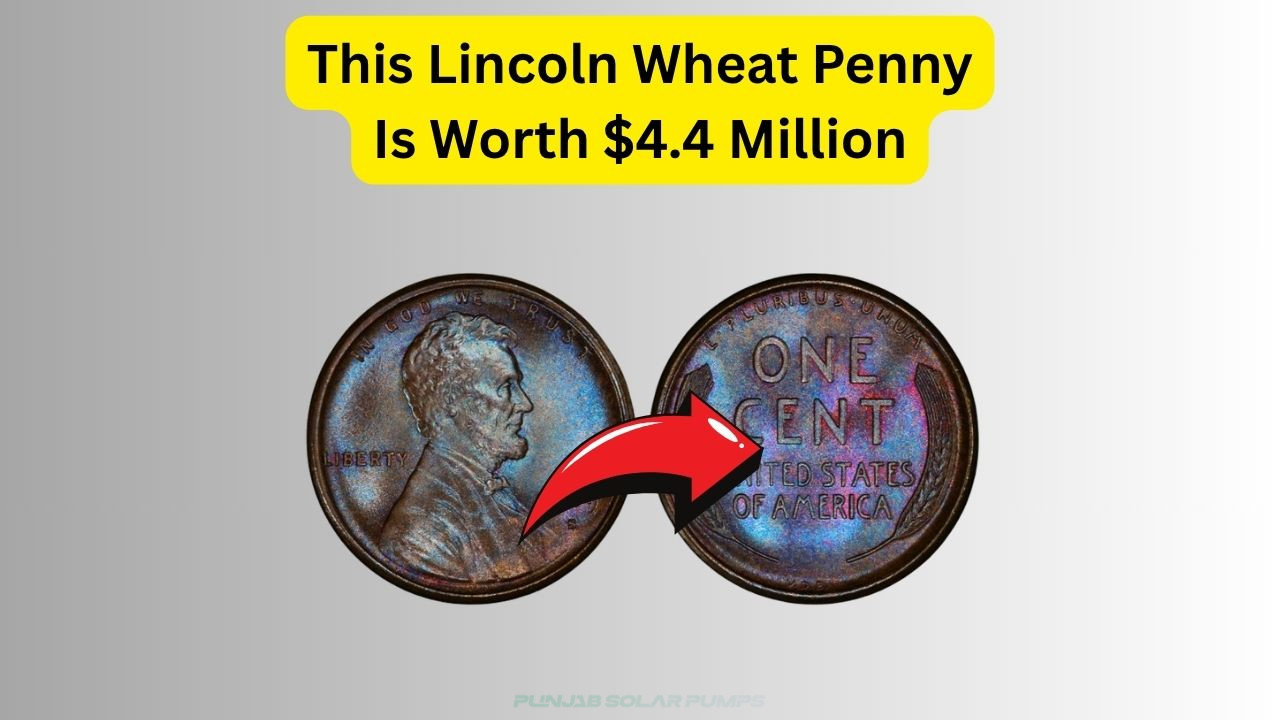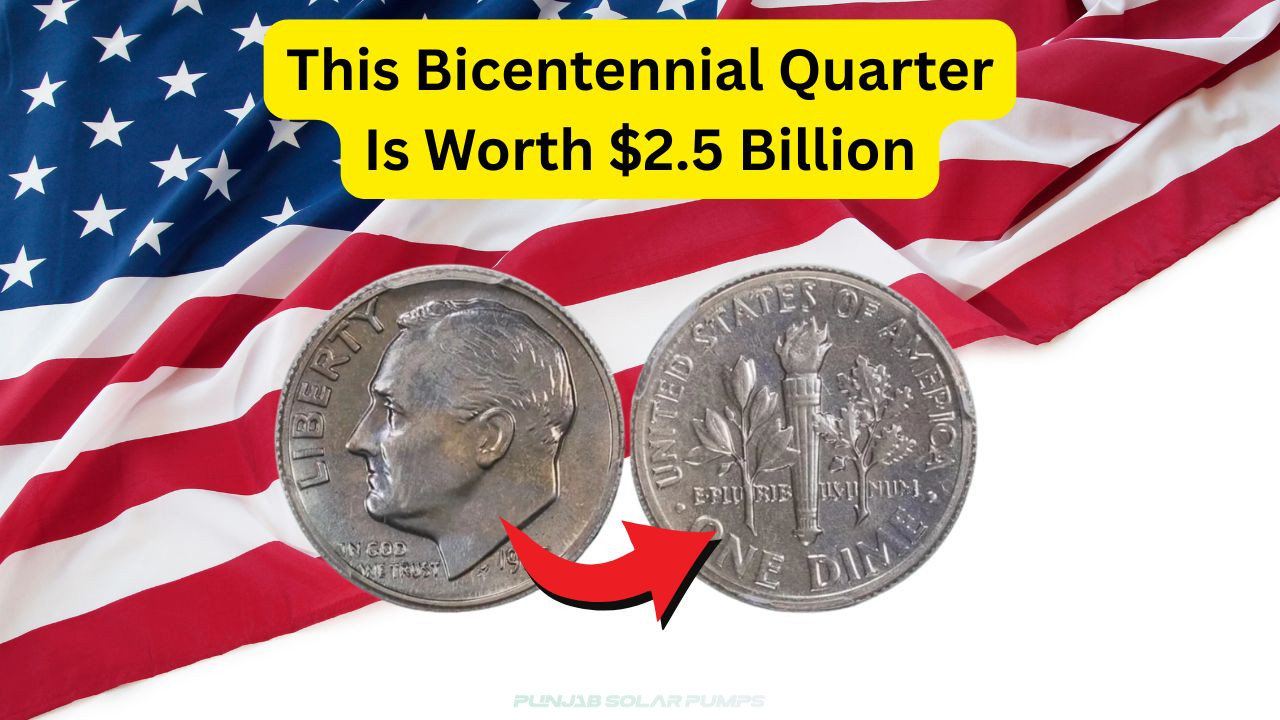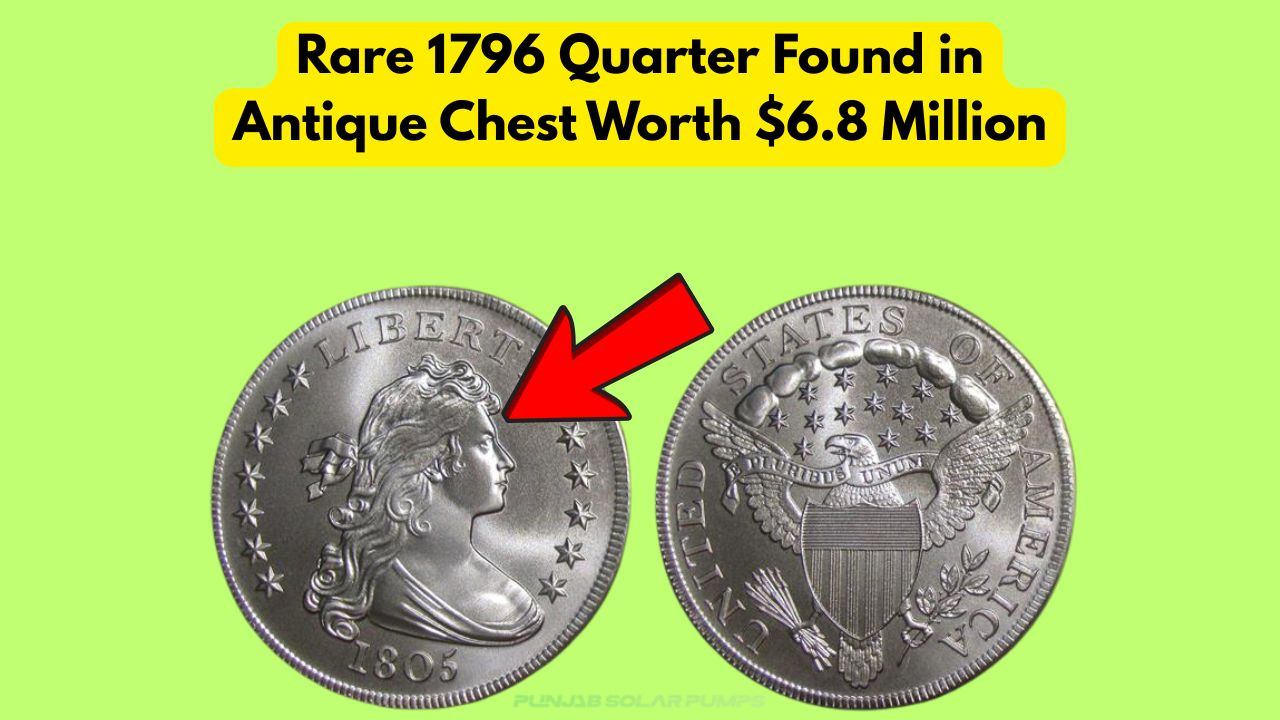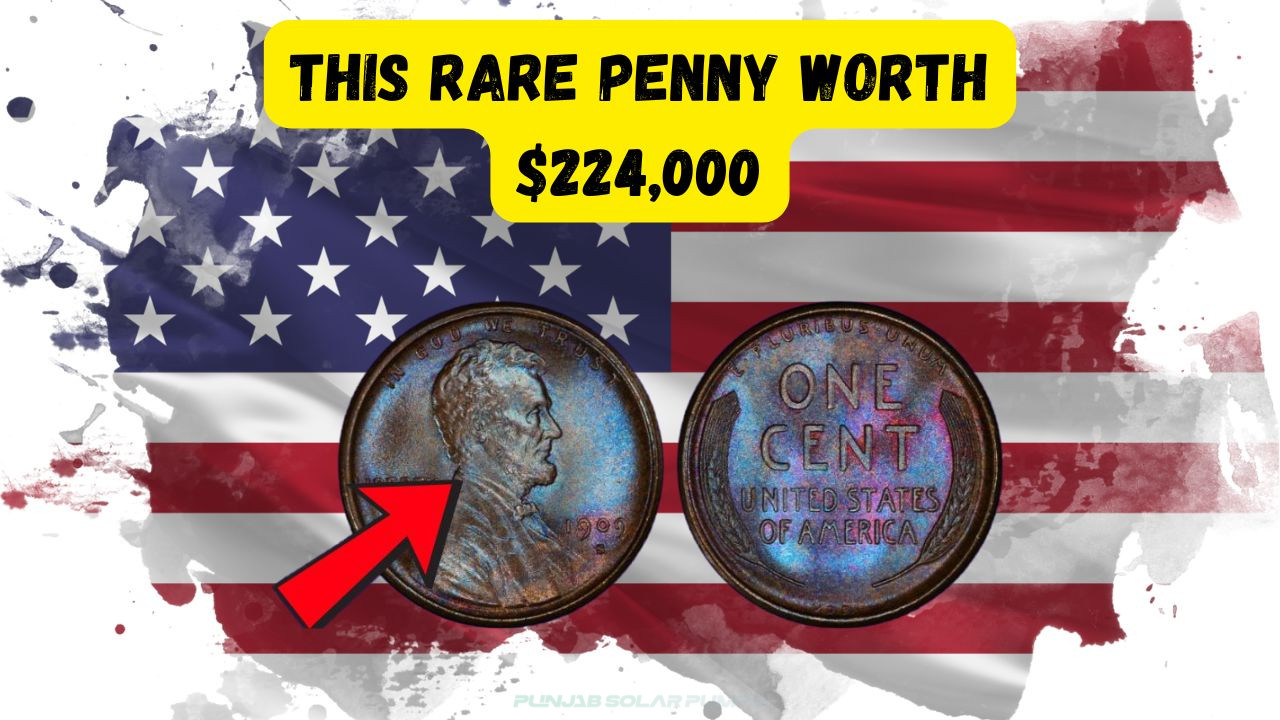Lincoln Wheat Penny: The Lincoln Wheat Penny represents one of the most fascinating chapters in the history of numismatics. With its production beginning in 1909, this humble coin gradually became one of the most sought-after pieces among collectors. The peak of this journey came when a particular Lincoln Wheat Penny sold for an astonishing $4.4 million, setting a new benchmark in the world of coin collecting.
The Iconic Journey of the Lincoln Wheat Penny
The Lincoln Wheat Penny, also known as the Lincoln Cent, was first minted in 1909, commemorating the 100th anniversary of Abraham Lincoln’s birth. Over the years, a variety of factors have contributed to its fame and desirability among collectors. It is not just its historical significance but also its design, which was one of the first to feature a real person, that makes it intriguing. The coin remained in circulation until 1958, when it was replaced by the Lincoln Memorial design.
- Introduced in 1909 to honor Abraham Lincoln.
- Designed by Victor D. Brenner.
- Minted using 95% copper.
- Produced until 1958.
- Replaced by the Lincoln Memorial Cent.
- Features wheat ears on the reverse side.
- Considered valuable by collectors.
- Rare editions can fetch millions.
The Historic Sale of the $4.4 Million Penny
The auction of the Lincoln Wheat Penny for $4.4 million is a testament to its enduring allure and rarity. This particular coin was a 1943 bronze cent, one of the very few circulated during World War II. Its value was largely due to its unique composition and the historical context in which it was produced. During the war, copper was needed for military purposes, leading to the production of steel cents. However, some bronze planchets were mistakenly used in the minting process, resulting in an extremely rare set of coins.
| Year | Material |
|---|---|
| 1943 | Bronze |
| 1943 | Steel |
| 1944 | Bronze |
| 1944 | Steel |
| 1958 | Bronze |
| 1958 | Steel |
| 1959 | Bronze |
| 1959 | Steel |
Factors Contributing to the Value of Lincoln Wheat Pennies
Several factors influence the value of a Lincoln Wheat Penny. The most significant is its rarity, often dictated by minting errors or limited production runs. Coins in pristine or uncirculated condition tend to fetch higher prices. Furthermore, the historical context and the story behind each coin add to its appeal. Collectors often seek out specific mint marks and years, such as the 1909-S VDB and the 1914-D, which are known for their scarcity and high demand.
| Mint Year | Mint Mark | Estimated Value | Condition | Rarity |
|---|---|---|---|---|
| 1909 | S | $1,000 | Uncirculated | High |
| 1914 | D | $1,500 | Good | High |
| 1922 | Plain | $3,000 | Fine | Very High |
| 1931 | S | $500 | Very Fine | Moderate |
| 1943 | Steel | $10 | Excellent | Common |
| 1955 | Double Die | $1,800 | Very Good | High |
| 1958 | P | $20 | Good | Common |
Collecting Lincoln Wheat Pennies: A Passionate Hobby
For many, collecting Lincoln Wheat Pennies is more than just a hobby—it’s a passion. The thrill of discovering a rare penny or completing a series is unparalleled. Collectors often start with a specific set of years or mint marks and gradually expand their collections. The community surrounding this hobby is vibrant, with numerous forums and clubs dedicated to sharing knowledge and trading coins. Collectors are drawn not only to the monetary value but also to the history and artistry embodied in each coin.
- Engage with online collector forums.
- Join local coin clubs.
- Attend coin shows and auctions.
- Invest in quality storage solutions.
- Research mint marks and errors.
- Start with a targeted collection focus.
- Expand as knowledge grows.
- Share findings with fellow enthusiasts.
Understanding the Historical Context
The Lincoln Wheat Penny is not just a coin; it is a piece of history. Understanding the context of its production enhances appreciation. The early 20th century was a time of significant change in the United States, and the introduction of a penny featuring Lincoln symbolized a new era in American numismatics. The decision to honor Lincoln was influenced by a desire to commemorate his leadership during the Civil War and his enduring legacy. This historical backdrop adds depth to the story of each penny, making it more than just a collectible item.
| Year | Event |
|---|---|
| 1909 | Introduction of the Lincoln Cent |
| 1917 | U.S. enters World War I |
| 1929 | Great Depression begins |
| 1941 | U.S. enters World War II |
| 1958 | End of Wheat Penny production |
| 1959 | Introduction of Lincoln Memorial Cent |
| 2009 | Lincoln Bicentennial Penny series introduced |
Tips for Aspiring Collectors
For those intrigued by the world of coin collecting, starting with Lincoln Wheat Pennies is an excellent choice. Beginners should focus on acquiring coins in good condition, as these maintain value better over time. It is crucial to educate oneself on grading standards and to familiarize oneself with reputable dealers. Attending coin shows and joining collector communities can provide invaluable insights and opportunities for acquiring rare pieces.
- Research: Familiarize yourself with basic numismatic terms and history.
- Grading: Understand coin grading scales and what affects value.
- Networking: Connect with other collectors for advice and trades.
- Tools: Invest in magnifying glasses and protective cases.
- Patience: Building a collection takes time and dedication.
Spotting Rare Coins
Identifying rare Lincoln Wheat Pennies involves a keen eye and extensive knowledge. Key indicators of rarity include mint marks, errors in production, and specific years known for low mintage. Coins like the 1909-S VDB or the 1955 Double Die are famous for their scarcity. Collectors often use specialized guides and attend workshops to enhance their ability to spot these valuable coins. The thrill of uncovering a rare penny in a collection is a rewarding experience for any enthusiast.
- Learn to identify mint marks.
- Study known error coins.
- Consult price guides for reference.
- Seek advice from experienced collectors.
- Verify authenticity through professional grading services.
Preserving Your Collection
Proper preservation is essential to maintaining the value of Lincoln Wheat Pennies. Coins should be stored in a cool, dry environment to prevent tarnish and corrosion. Using archival-quality holders and albums can protect coins from physical damage. Regularly inspecting and handling coins with care is vital to preserving their condition. Collectors should also document each coin’s provenance and any notable features, as this information can be crucial for future valuations and sales.
- Use acid-free holders and albums.
- Avoid direct sunlight and humidity.
- Handle coins with cotton gloves.
- Document provenance and features.
- Regularly inspect for signs of wear.
Trading and Selling Tips
When it comes to trading or selling Lincoln Wheat Pennies, timing and market knowledge are key. Understanding current market trends and the demand for specific coins can help maximize returns. Networking with other collectors and dealers can also lead to advantageous trades. It is important to ensure that coins are graded by a reputable service before selling, as this certification can significantly impact the final sale price. Online platforms and auction houses offer various venues for reaching a broader audience of potential buyers.
- Stay informed about market trends.
- Get coins professionally graded.
- Network with dealers and collectors.
- Choose the right platform for selling.
- Be transparent about coin condition and history.
Exploring the Future of Coin Collecting
As technology advances, the future of coin collecting is poised for exciting developments. Digital platforms and online communities have made it easier for collectors to connect and trade globally. Innovations such as blockchain technology could offer new ways to authenticate and track the provenance of coins. Despite these changes, the fundamental appeal of collecting physical coins, such as the Lincoln Wheat Penny, remains strong. The tactile experience of holding a piece of history in one’s hand continues to captivate enthusiasts around the world.
- Engage with digital collecting platforms.
- Explore blockchain for authentication.
- Join online collector communities.
- Stay informed about technological advancements.
- Embrace new tools while valuing traditional methods.
Frequently Asked Questions
Why is the 1943 Lincoln Wheat Penny so valuable?
The 1943 Lincoln Wheat Penny is valuable primarily due to its rarity, as it was mistakenly struck on bronze planchets during a time when the U.S. Mint was using steel for penny production.
How can I start collecting Lincoln Wheat Pennies?
Begin by researching the different types and years of Lincoln Wheat Pennies, join collector communities, and purchase coins from reputable dealers or auctions.
What makes a Lincoln Wheat Penny rare?
Rarity in Lincoln Wheat Pennies can result from minting errors, specific low-mintage years, and unique compositions like the 1943 bronze penny.
How do I ensure my coins are authentic?
Have your coins graded and authenticated by professional numismatic services to ensure their authenticity and condition.
Are Lincoln Wheat Pennies a good investment?
While they can be a rewarding investment, it’s important to conduct thorough research and understand the market dynamics before investing in rare coins.





